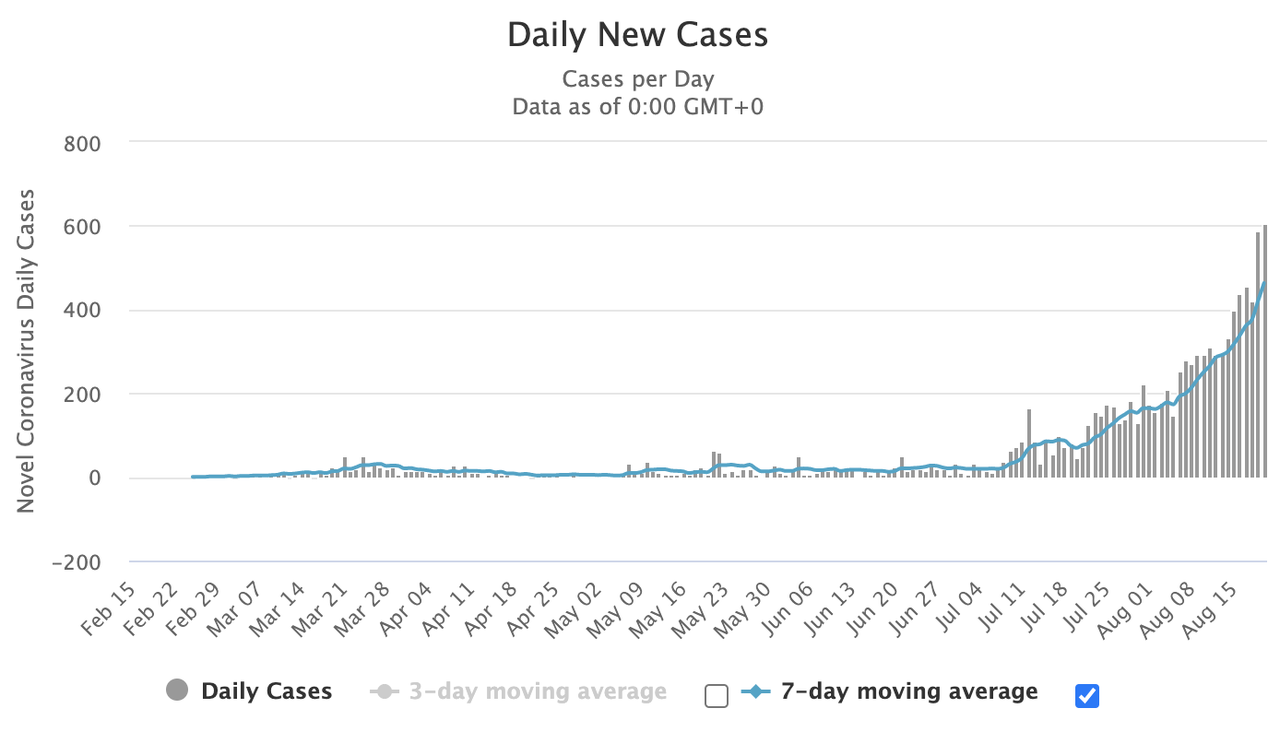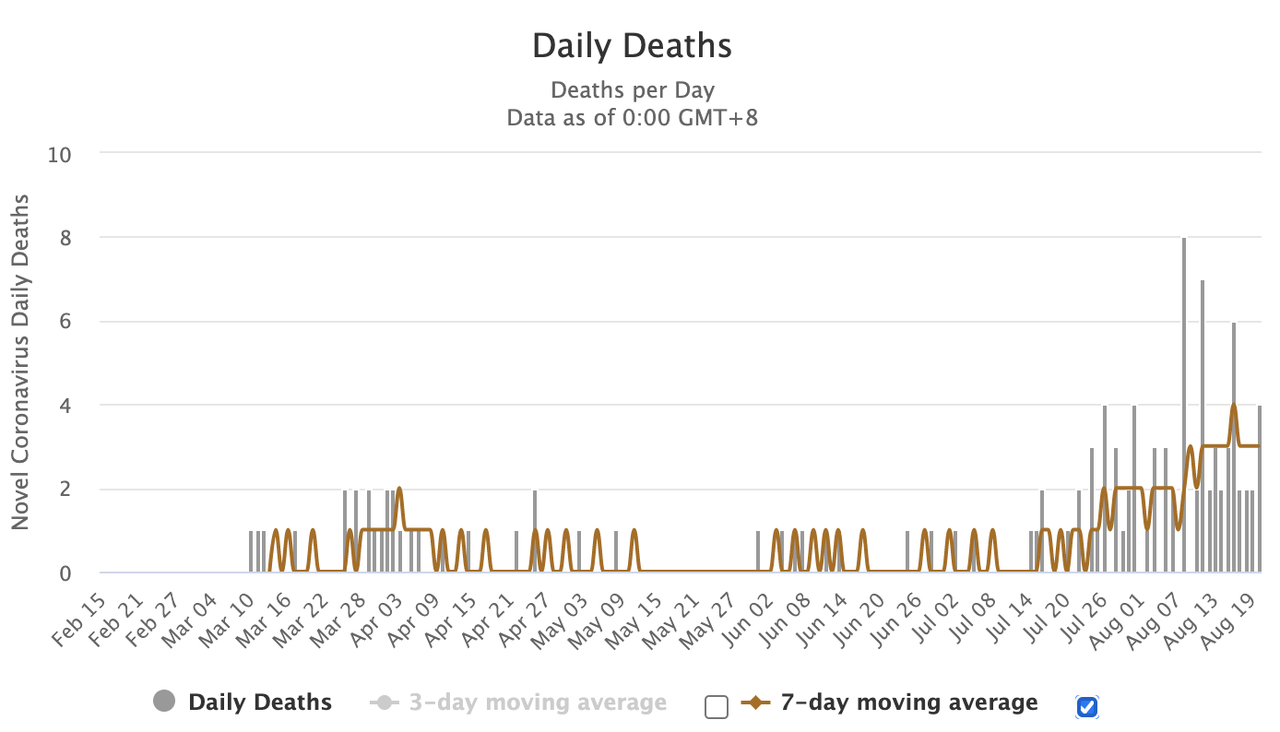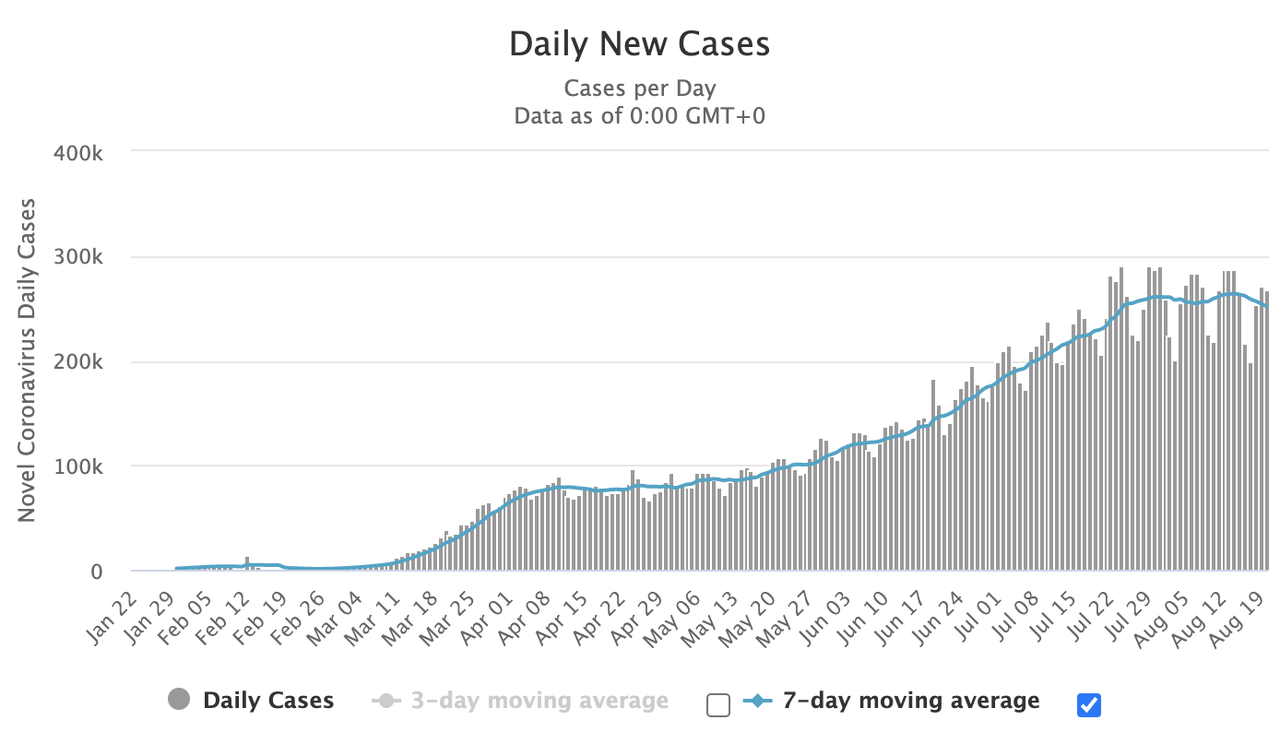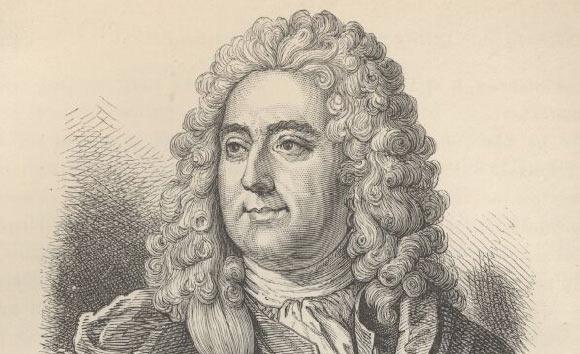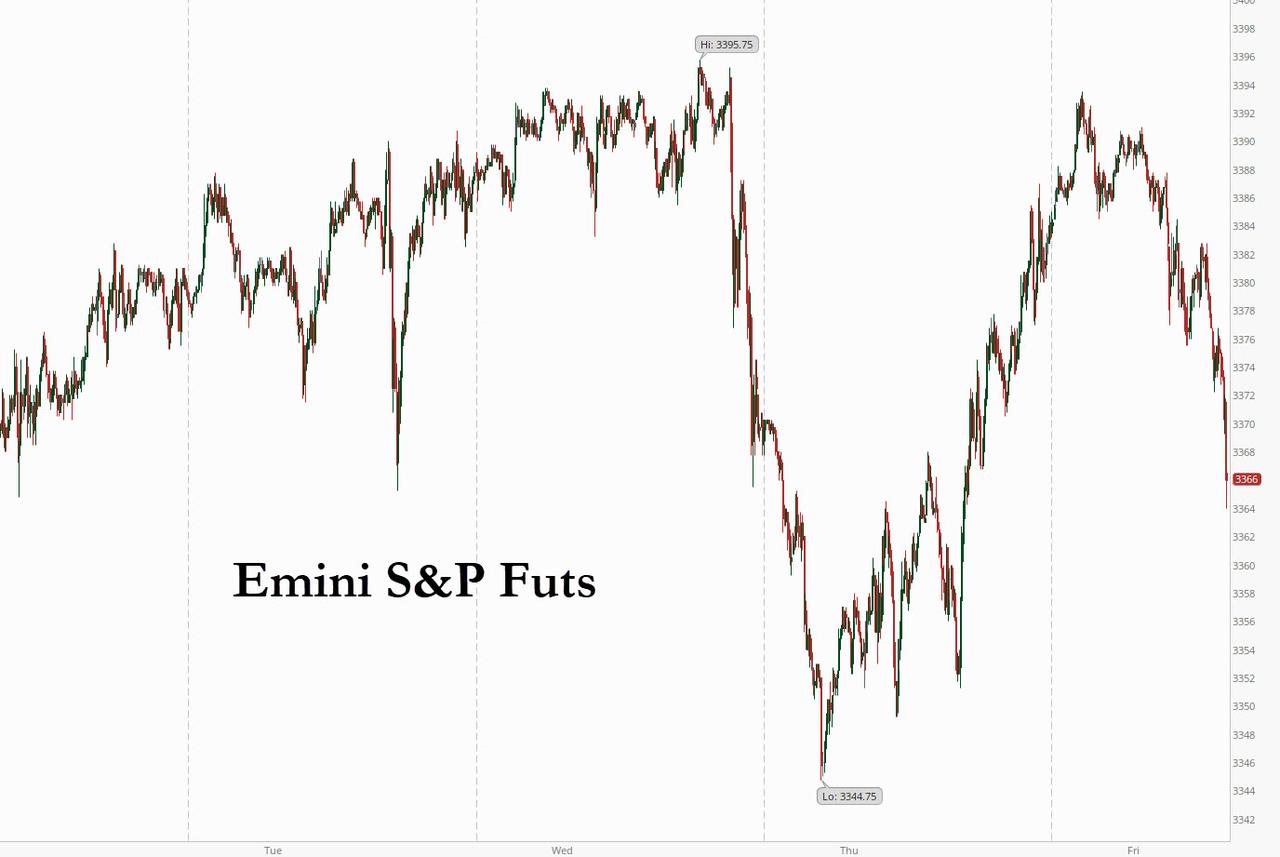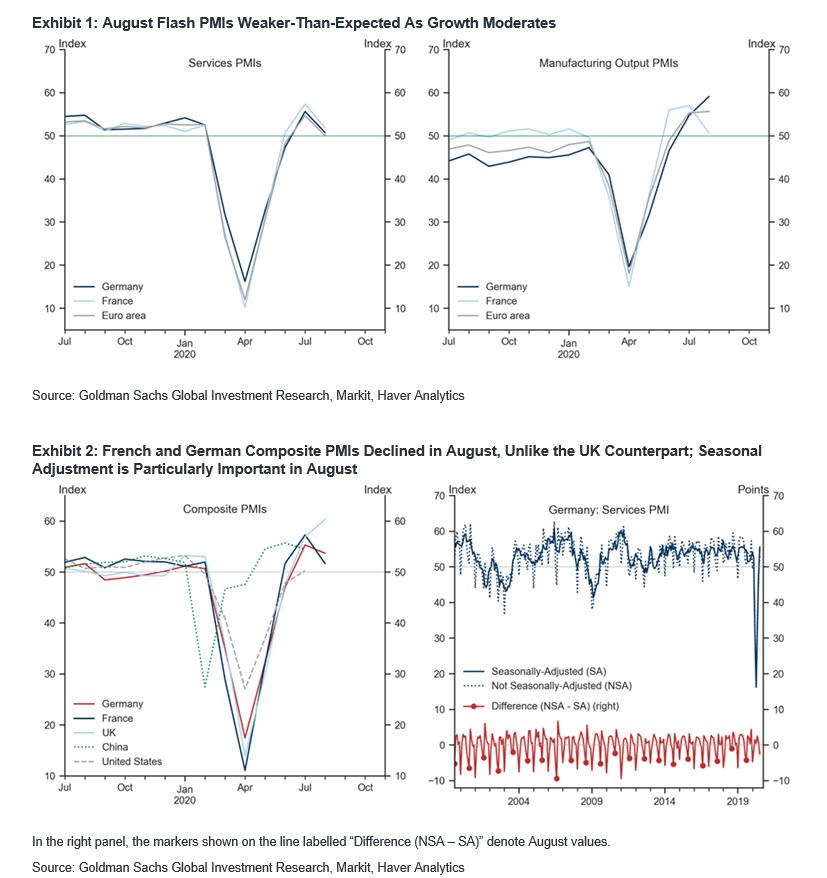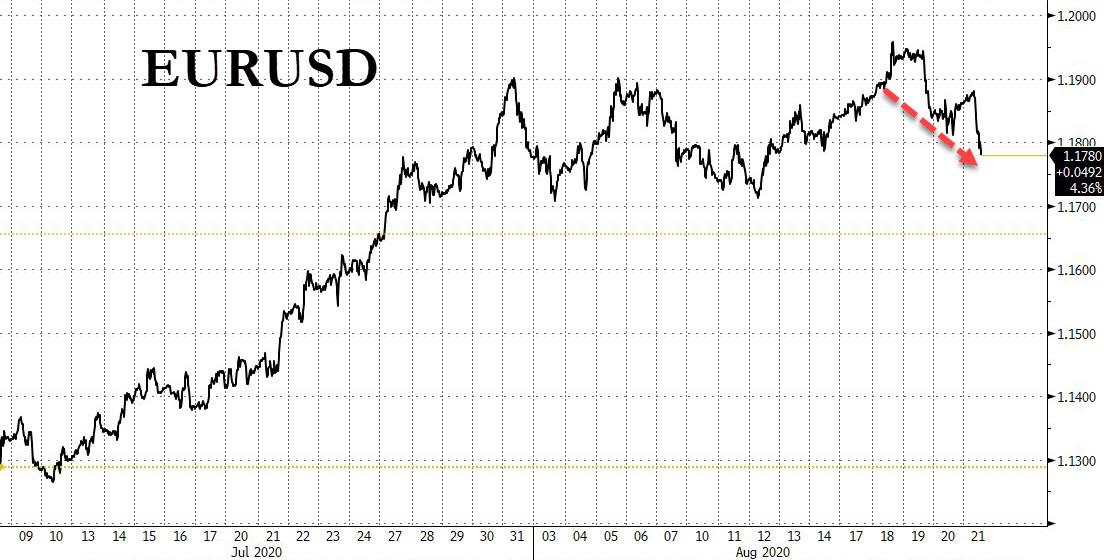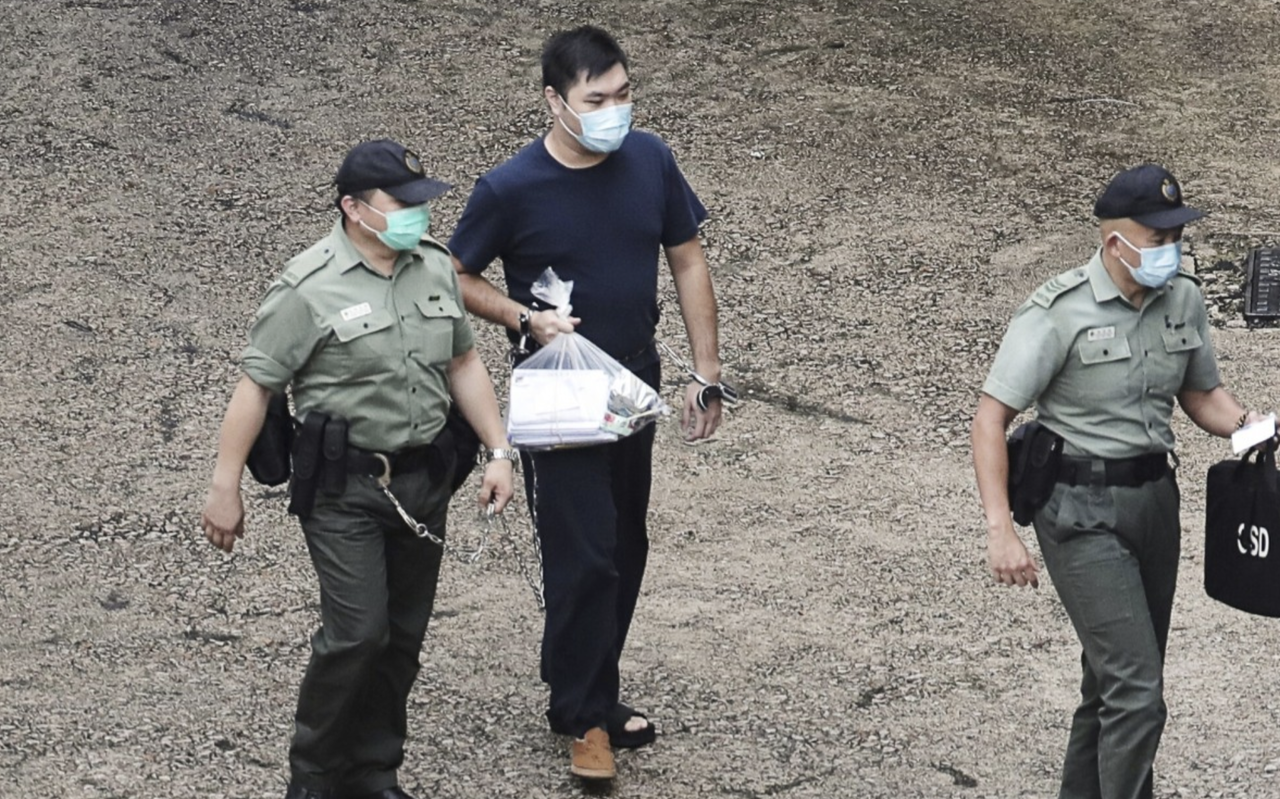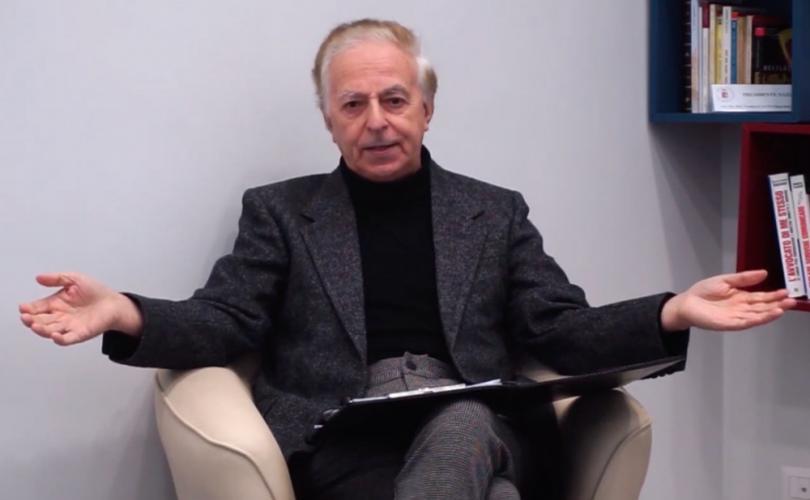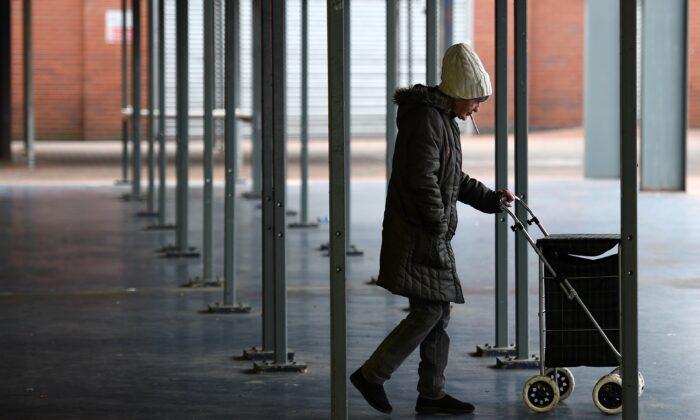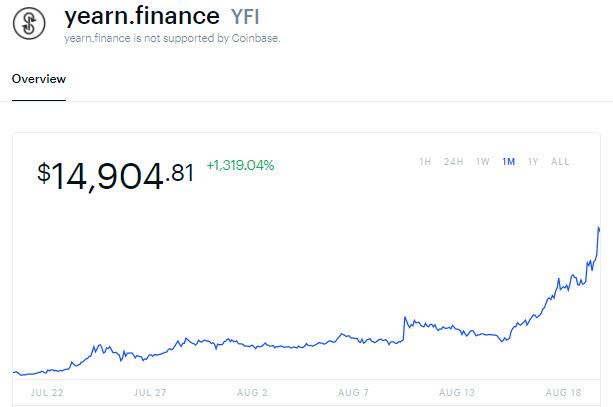Watch Live: Postmaster General Louis DeJoy Testifies Before Congress
Tyler Durden
Fri, 08/21/2020 – 08:50
Postmaster General Louis DeJoy is set to testify before the Senate Homeland Security Committee on Friday morning amid concerns the United States Postal Service’s (USPS) cost-cutting measures hinder its ability to adequately process and deliver mail-in ballots for the U.S. presidential election in November.
DeJoy will appear before the committee at 9:00 E.T. to defend his three months at USPS and denounce what he alleges are “false narratives” that have been created.
Ahead of the DeJoy’s testimony, The New York Times obtained his prepared remarks that show he will defend his cost-cutting measures that have been misconstrued “into accusations that we are degrading the service provided to election mail.”
DeJoy is at the center of a political firestorm as a series of cost-cutting measures, including removal of specific mail sorting machines and reduction of overtime pay ahead of the elections, has fuelled concerns the influx of mail-in ballots could become overwhelming and lead to election delays.
“I recognize that it has become impossible to separate the necessary long-term reform efforts we will need to undertake from the broader political environment surrounding the election,” DeJoy is expected to tell senators. “And I do not want to pursue any immediate efforts that might be utilized to tarnish the Postal Service brand, particularly as it relates to our role in the democratic process.”
DeJoy is part of an effort by the Trump administration to overhaul the USPS financially.
“Had Congress and the commission fulfilled their obligations to the American people concerning the Postal Service, I am certain that much of our cumulative losses that we have experienced since 2007 could have been avoided, and that the Postal Service’s operational and financial performance would not be in such jeopardy,” DeJoy will say.
DeJoy is also expected to reject the notion that his cost-cutting measures at the USPS were to influence the presidential election.
“A false narrative has developed that the two steps we have taken to improve efficiency – running on time and on schedule and realigning our organizational structure – are somehow designed to harm the ability of voters to use the mail to vote,” he will say.
On Tuesday, DeJoy released a statement that the USPS will be able to handle “whatever volume of election mail it receives this fall” despite challenges posed by “keeping our employees and customers safe and healthy as they operate amid a pandemic.”
He also noted that the USPS would suspend further reorganization efforts ahead of the election.
Watch DeJoy’s testimony live, starting at 9:00 E.T.:
* * *
Below is the prepared opening remarks by Postmaster General Louis DeJoy:
“This is my first open session of the Board of Governors and I would like to offer my public thanks to the Governors for entrusting me with this role. It is an incredible honor to serve the public and this organization as Postmaster General.
I look forward to working with all of you, our management team, and the men and women of the Postal Service – as well as our postal unions, management associations, customers and other stakeholders.
We are at the beginning of a transformative process. Our goal is to change and improve the Postal Service to better serve the American public, and I am excited about the opportunities ahead.
I would also like to add my public welcome to Governors Lee Moak and Bill Zollars. Thank you for joining this Board and for serving the American public. I look forward to working with you.
My first day on the job as Postmaster General was June 15th. Since then, I have been fully immersed in understanding and evaluating all aspects of the postal organization and business model.
We have conducted numerous deep-dive meetings in every core area of our business. We have assessed previous plans as well as research and analysis about our products and services and the competitive marketplace.
We have also dug deeply into our operational practices and the many ways we deliver value for our customers, as well as the drivers of our troubling financial condition.
Let me start by saying that I am an optimist by nature, and as I take on this new role, I am enthusiastic and energized about the prospects for our future and our untapped promise. I have been extremely impressed by the dedication of the Postal Service workforce and their commitment to the public service that we provide to the American people, and I am excited about the fantastic competencies of this organization. I believe that there are tremendous opportunities available to us, and I am very confident that we can turn our business around and become financially healthy, while remaining a vital part of the nation’s critical infrastructure.
That said, I am a realist, and am keenly aware of the magnitude of the financial challenges we face. Our financial position is dire, stemming from substantial declines in mail volume, a broken business model and a management strategy that has not adequately addressed these issues. As a result, the Postal Service has experienced over a decade of financial losses, with F.Y. 2019 approaching $9 billion and 2020 closing in on $11 billion in losses. Without dramatic change, there is no end in sight, and we face an impending liquidity crisis.
At the same time, there is a critical need to make capital investments in order to ensure effective and efficient operations, and meet the needs of the American people. Our financial situation has forced us to defer capital investments over the past decade in order to preserve liquidity, which is not a sustainable strategy for success. Most vitally, we need to invest in new delivery vehicles so that our letter carriers can safely serve the American people and we can participate in the growth of the new economy.
As we have repeatedly stated, Congress and the Postal Regulatory Commission have long delayed much needed legislative and regulatory reforms to help address the situation. Congress must enact reform legislation that addresses our unaffordable retirement payments. Most importantly, Congress must allow the Postal Service to integrate our retiree health benefits program with Medicare, which is a common-sense best practice followed by all businesses who still offer retiree health care. Rather than sensationalizing isolated operational incidents that I acknowledge can occur and have always occurred in a business of our size and scope or attempting to impose unfunded mandates unrelated to any postal policies, I ask members of Congress to take action on this one legislative burdensome issue that will actually make a difference.
The Commission, meanwhile, must expeditiously resolve the 10-year review, and a design a more rational regulatory system for our mail products. The 10-year review has been ongoing for nearly 4 years, and it has been nearly 3 years since the Commission concluded that the current system is not working, yet it has still not finalized a replacement system. Since that time we have delivered over 480 billion pieces of mail and packages under a system that our regulator acknowledges is not working, and we continue to wait for the required relief. Had Congress and the PRC fulfilled their obligations to the American people concerning the Postal Service, I am certain that nearly $80 billion of cumulative losses we have experienced since 2007 could have been avoided, and that the Postal Service’s operational and financial performance would not be in jeopardy.
Drama and delay does not get the mail delivered on time, nor does it pay our bills. Without timely legislative and regulatory reform, we will be forced to take aggressive measures to cut costs and bridge the divide.
At the same time, the Postal Service has failed to engage a sufficient operating strategy that adequately mitigated these predicted annual financial losses. We will not and cannot wait for the legislative and regulatory process to save us. The Postal Service must do our part, by pursuing every strategy within our control to ensure our success, and in that regard I know we can do more. If we want to be viable for the long term, it is absolutely imperative for the Postal Service to operate efficiently and effectively, while continuing to provide service that fulfills our universal service mandate and meets the needs of our customers.
There are competitive alternatives to every product that we offer, and for that reason high-quality, reasonably-priced service is an absolute necessity, but it is equally important for us to embrace the reality that high quality service and efficient service are not mutually exclusive, but instead must go hand-in hand if we are going to keep pace with our competition and be self-sustaining, as our mandate requires.
The Postal Service is a great American institution with tremendous capabilities and prospects, and I know there is tremendous additional value within the Postal Service that needs to be unlocked. To reach our full potential we need to be even better at everything we do well now, but we also need to recognize our issues and urgently embrace the changes required to unleash the full range of possibilities, and we need to start yesterday.
For that reason, we have begun by vigorously focusing on the ingrained inefficiencies in our operations. To start with, we have taken immediate steps to better adhere to our existing operating plans, which were developed precisely to ensure that we meet our present service standards in an efficient and effective manner. By running our operations on time and on schedule, and by not incurring unnecessary overtime or other costs, we will enhance our ability to be sustainable and to be able to continue to provide high-quality, affordable service. I call on every executive, employee, union and management association leader to join me in pursuing this simple objective that every service organization needs to achieve in order to be successful.
As we implement our operating plans, we will aggressively monitor and quickly address service issues. You can rest assured that we will continually review our operational practices and make adjustments as required to ensure that we operate in an efficient and effective manner.
During the early days of my tenure we have also taken a fresh look at our operations and considered any necessary organizational and structural adjustments that will best position us to maximize our core competencies and key strengths. We are highly focused on our public service mission. However, we collectively recognize that changes must be made, and for that reason we will implement an organizational realignment that will refocus our business, improve line of sight, enable faster solutions, reduce redundancies, and increase accountability. This realignment will strengthen the Postal Service by enabling us to identify new opportunities to generate revenue, so that we will have additional financial resources to be able to continue to fulfill our universal service obligation to all of America.
Further, we also are now in the process of developing a series of additional actions, which, if approved by the Board, will include new and creative ways for us to fulfill our mission, and will likewise focus on our strengths to maximize our prospects for long-term success. We will improve the products and services we provide, pursue new revenue areas, and continue to operate more efficiently. The plan will consist of actions that the Postal Service can undertake with the approval of the Governors, as well as elements requiring Congressional and Postal Regulatory Commission actions.
As we move forward in developing and implementing these initiatives, I’m especially appreciative of the strong efforts of our management team, and the many contributors within our internal organization who are involved in this important process, and I likewise welcome the good discussions and healthy debate that I have had with our union leadership already.
I am also thankful for the ongoing consultation with this Board regarding our business planning, and I look forward to our ongoing dialogue.
While I have the pulpit, I also want to take the opportunity to clear up some misconceptions some may have about me and the positions I intend to advance on behalf of the Postal Service.
First, while I certainly have a good relationship with the President of the United States, the notion that I would ever make decisions concerning the Postal Service at the direction of the President, or anyone else in the Administration, is wholly off-base. I serve at the pleasure of the Governors of the Postal Service, a group that is bipartisan by statute and that will evaluate my performance in a nonpartisan fashion. The Postal Service itself has a proud tradition of being a nonpartisan organization, which I believe is one reason why the Postal Service is consistently rated by the public as the most trusted federal entity. I intend to uphold the trust that has been placed in me by the Governors, and to fulfill my responsibilities to this organization and to the public interest, by trying to make good decisions through the exercise of my best judgment and business acumen gained through 35 years of commercial experience, and not based upon any partisanship.
Second, let me be clear that with regard to Election Mail, the Postal Service and I are fully committed to fulfilling our role in the electoral process. If public policy makers choose to utilize the mail as a part of their election system, we will do everything we can to deliver Election Mail in a timely manner consistent with our operational standards. We do ask election officials and voters to be mindful of the time that it takes for us to deliver ballots, whether it is a blank ballot going to a voter or a completed ballot going back to election officials. We have delivery standards that have been in place for many years. These standards have not changed, and despite any assertions to the contrary, we are not slowing down Election Mail or any other mail. Instead, we continue to employ a robust and proven process to ensure proper handling of all Election Mail.
We have been working closely with election and other public officials throughout the country to ensure that they are well educated about the mailing process and can use the mail effectively to administer elections. Ensuring that election officials throughout the country have an understanding of our operational parameters, including the circumstances under which we postmark mail and our delivery standards, so that they can educate voters accordingly, is important to achieving a successful election season. Although there will likely be an unprecedented increase in election mail volume due to the pandemic, the Postal Service has ample capacity to deliver all election mail securely and on-time in accordance with our delivery standards, and we will do so. However, as discussed, we cannot correct the errors of the Election Boards if they fail to deploy processes that take our normal processing and delivery standards into account.
Third, I was not appointed by the Governors to position the Postal Service to be privatized or to manage its decline. To the contrary, I accepted the job of Postmaster General fully committed to the role of the Postal Service as an integral part of the United States Government, providing all Americans with universal and open access to our unrivalled processing and delivery network, as reflected in the Mission Statement that the Board adopted on April 1, 2020. I fully embrace six-day delivery of mail and packages as one of this organization’s greatest strengths and I plan to invest in tools and equipment for our letter carriers, as well as enhance the stability of our non-career workforce, to continue to provide the nation’s most trusted service. I accept the responsibility that the Governors gave me to maintain and enhance our reputation and role as a trusted face of the federal government in every community, and I intend to work with postal executives, management associations, managers, union leadership, and our craft employees to do everything I can to put us back on a financially stable path. I am confident that we can chart a path forward that allows the Postal Service to fulfill our vital public service mission in a sustainable manner. I look forward to the challenge, and know we are up to it.
Today, we are releasing our results for our third quarter, ended June 30. Joe Corbett, our Chief Financial Officer, will review those results in detail this morning. I would like to provide just a couple of comments on overall business conditions.
We have experienced some dramatic shifts in our business since the COVID-19 pandemic began.
First and foremost, we have taken the steps necessary to make sure that our employees can work safely. We have worked closely with our unions to assess the needs and fill the gaps, and now there is a solid process in place to ensure the right protective equipment and other supplies are in the right places.
We have also seen an unprecedented increase in package deliveries since March. We expect elevated package volumes will continue through the end of the year at least – and may have some long-term staying power.
We are obviously highly attentive to changing consumer e-commerce behaviors and what this means for our business. We are proud to be the carrier of choice for companies to reach homes and businesses, especially during the current situation.
On the whole, while package growth has been strong, the changes in U.S. economic conditions due to the pandemic are straining our financial situation. We have seen substantial declines in mail volume, as well as significantly increased costs.
On Wednesday of last week, I announced that we have reached an agreement in principle with the Department of the Treasury on the terms and conditions associated with $10 billion lending authority provided in the CARES Act. I very much appreciate Treasury Secretary Steven Mnuchin for working with me to reach mutually acceptable terms and conditions.
Access to an additional $10 billion in borrowing authority will delay the approaching liquidity crisis and is a positive development. However, we remain on an unsustainable path which cannot be solved simply by borrowing money which needs to be paid back with interest, since our current path does not enable us to pay even our current bills, let alone new ones. We will continue to focus on improving operational efficiency and pursuing other reforms in order to put the Postal Service on a trajectory for long-term financial stability.
Before I conclude, I’d like to comment briefly on the public service mission of the organization.
I have been struck by the commitment and dedication of postal employees, who have truly gone above and beyond in dealing with the COVID-19 pandemic.
The public support for the organization is extremely high because postal employees are so committed to serving their communities and their customers. We aim to continually earn the trust and support of the public.
In that regard, I’d like to conclude by thanking the 630,000 men and women of the Postal Service for their hard work serving America’s communities. In addition to the challenges presented by the pandemic, many parts of the country have experienced extreme heat this summer, and the hurricane season has begun.
Thank you for your exceptional commitment to our mission of serving the nation. We appreciate all you do, every day.”
via ZeroHedge News https://ift.tt/34kT3lZ Tyler Durden


